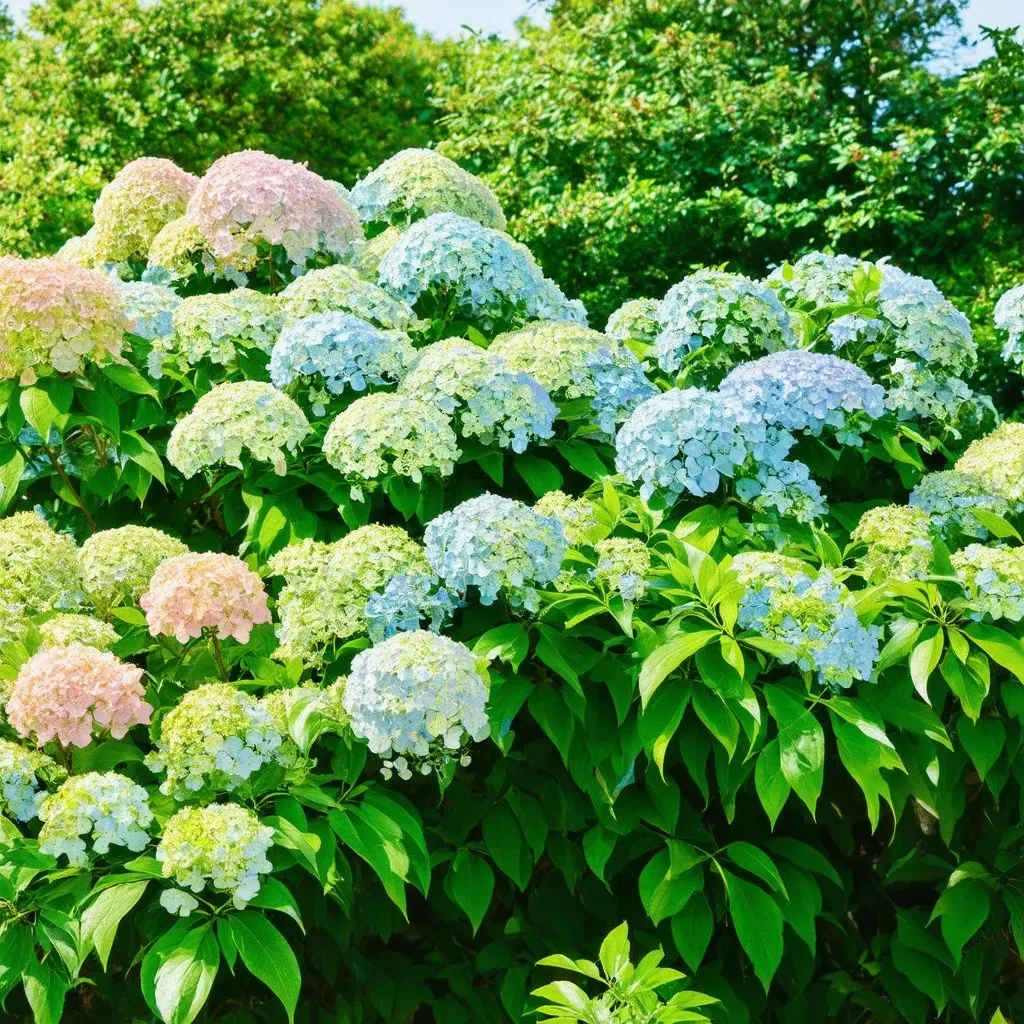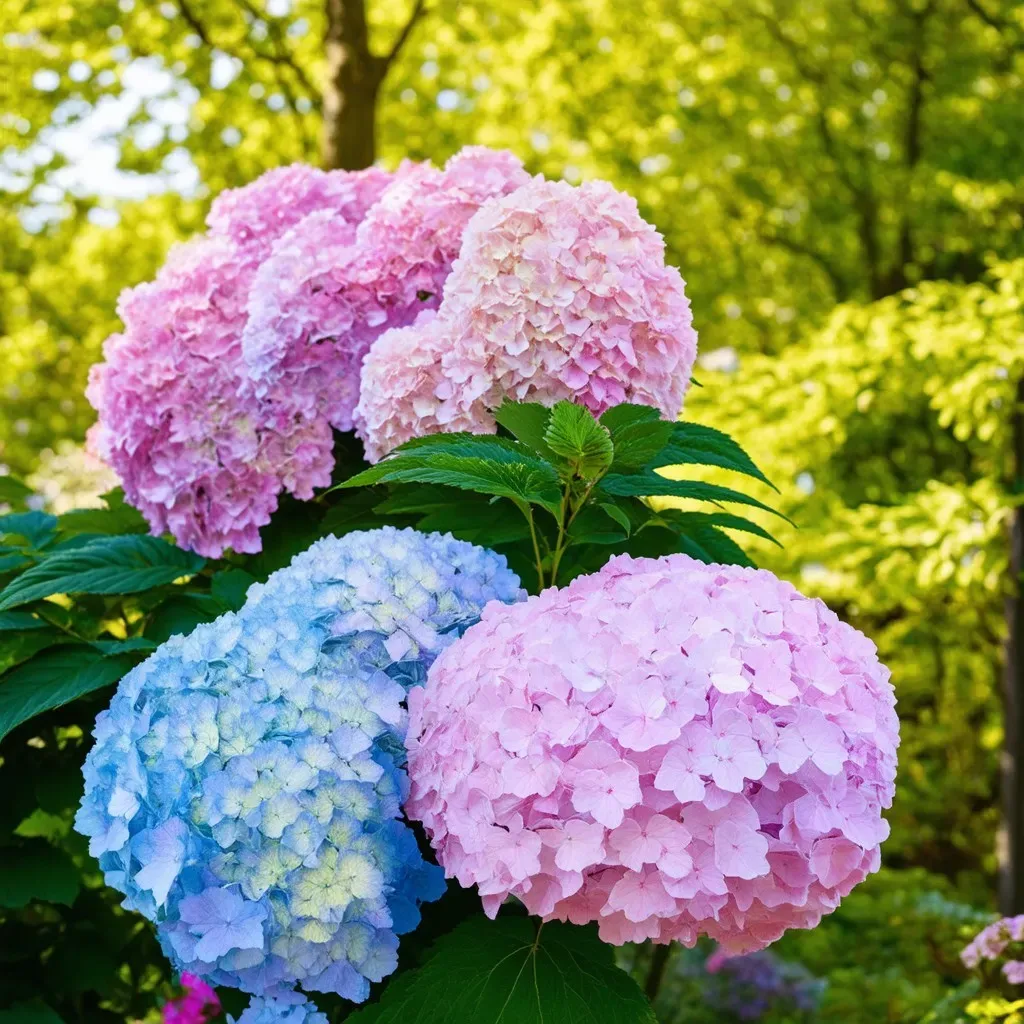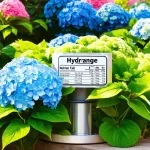Keyword: propagating panicle hydrangea
Propagating panicle hydrangea can be a rewarding venture for gardening enthusiasts, enabling you to create beautiful landscapes filled with these stunning flowering plants. As known for their lush blooms and easy upkeep, panicle hydrangeas are among the favorite choices for many flower gardens. Successfully propagating these plants not only enhances your garden’s aesthetic but also allows you to share them with fellow gardening enthusiasts.
Understanding Panicle Hydrangea
Panicle hydrangeas (Hydrangea paniculata) are deciduous shrubs that bloom in late summer to autumn, producing large, cone-shaped flowers. These beautiful blooms typically transition from white to pink as they mature. Known for their hardiness, panicle hydrangeas thrive in various soil types and adapt well to a range of climates.
Why Propagate Panicle Hydrangea?
There are several compelling reasons to propagate panicle hydrangeas. First, propagation allows you to expand your garden without spending money on new plants. Second, it’s a great way to preserve the unique characteristics of a favorite plant variety. Lastly, propagating plants can be a fulfilling activity that enhances your gardening skills.
Popular Methods for Propagating Panicle Hydrangea
There are two primary methods for propagating panicle hydrangeas: cuttings and layering. Each method has its unique advantages and may yield different results.
1. Propagating Through Cuttings
Process:
- Timing: The ideal time to take cuttings is in late spring or early summer when the new growth is soft and pliable.
- Selecting Cuttings: Choose healthy stems about 4-6 inches long from a non-flowering branch.
| Cutting Steps | Description |
|---|---|
| Prepare the Cutting | Use sterilized pruning shears to cut just above a leaf node. |
| Remove Lower Leaves | Eliminate all leaves except for the top two or three to minimize water loss. |
| Apply Rooting Hormone | Dip the cut end into rooting hormone to encourage root development. |
| Plant the Cutting | Insert the cutting into a pot with a well-draining mix (1/2 perlite and 1/2 sand). |

2. Propagating Through Layering
Process:
- Timing: Layering should be done in early spring.
- Selecting a Branch: Choose a low-growing branch that can be buried partially in the soil.
| Layering Steps | Description |
|---|---|
| Bend the Branch | Gently bend the branch to the ground while leaving the top part exposed. |
| Cover With Soil | Cover the bent portion of the branch with soil, securing it in place with pins or stones. |
| Watering | Keep the layered area moist until roots begin to form, which may take a few weeks. |

Creating the Perfect Environment for Propagation
Creating a conducive environment is crucial for successful propagation.
Ideal Conditions for Panicle Hydrangea Propagation
- Soil Type: Well-draining soil is essential. A mix of peat, perlite, and sand provides adequate drainage.
- Light Requirements: Place cuttings in bright, indirect sunlight. Direct sun can scorch tender cuttings.
- Humidity: Maintaining higher humidity is beneficial. A simple way to achieve this is by covering the pots with a plastic bag or providing a humidity dome.
- Watering: Keep the soil consistently moist but not waterlogged. Overwatering can lead to rot.
Tools and Equipment Needed
To successfully propagate panicle hydrangea, gather the following tools:
- Pruning Shears: For clean cuts.
- Rooting Hormone: To enhance root formation.
- Containers: Small pots or propagation trays.
- Sterilized Potting Mix: A good drainage mix as mentioned.

Troubleshooting Common Issues
- Wilting Cuttings: This may be due to insufficient humidity. Increase humidity around the cuttings to prevent wilting.
- Mold Growth: If mold appears, it may indicate excessive moisture. Reduce watering and improve air circulation.
- Root Rot: Ensure that your soil has excellent drainage. Overwatering can quickly lead to root rot.
Success Rates of Propagation Techniques
The effectiveness of each propagation method can vary based on the care provided and local growing conditions. Here’s an overview:
| Method | Average Success Rate |
|---|---|
| Cuttings | 70-80% |
| Layering | 60-75% |

Frequently Asked Questions (FAQs)
1. When is the best time to propagate panicle hydrangea?
- The best time to take cuttings is late spring to early summer, while layering is more effective in early spring.
2. How long does it take for cuttings to root?
- Cuttings typically take about 4-6 weeks to develop roots under suitable conditions.
3. Can I propagate panicle hydrangea in water?
- While some gardeners successfully propagate plants in water, root development is generally stronger in soil. If you do choose water, ensure that the leaves do not submerge.
4. How often should I water the cuttings during propagation?
- Water the cuttings lightly, ensuring the soil stays evenly moist, checking them daily, and adjusting based on weather conditions.
Conclusion
Propagating panicle hydrangeas can be a delightful project for both novice and experienced gardeners alike. By employing proper techniques and providing the right conditions, you can effectively grow new plants from cuttings or layering. Not only does this method save money, but it also enriches your garden with your favorite flowering shrubs. For more information on panicle hydrangeas, you may check this Proven Winners article for in-depth gardening tips and plant care.

With the above knowledge and techniques, you can turn your garden into an impressive sanctuary of stunning blooms that flourish beautifully season after season. Enjoy the journey of propagation, and watch as your gardening expertise grows alongside your beautiful panicle hydrangeas!


